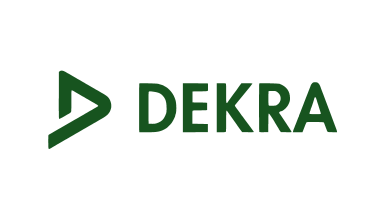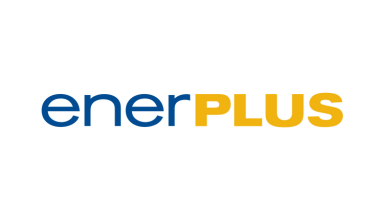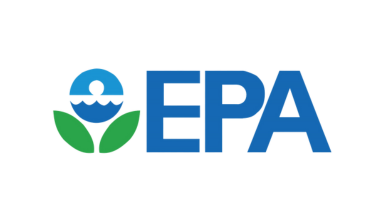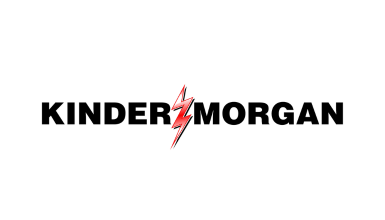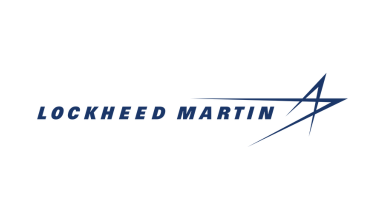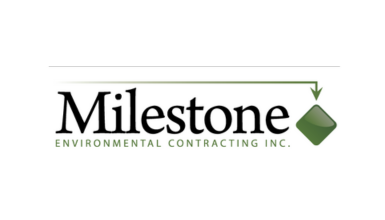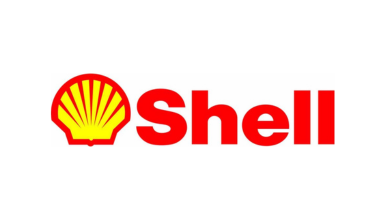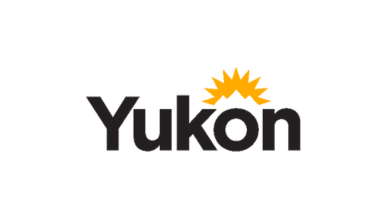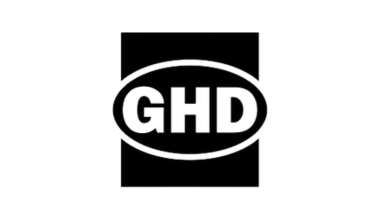
TecZero
Safely and efficiently delist refinery sludge and process waste, eliminate PFAS and a range of organic contaminants via a controlled zero-oxygen environment with the most advanced and unique remediation technology in the industry.
TecZero is proven to treat soils and sludges with a broad range of contaminants as well as mixed contaminants (such as pesticides, polyaromatic hydrocarbons, and chlorinated solvents). It is portable and easily transported to remote, challenging location
This innovative design treats contaminated material in a zero-oxygen environment by heating a gas and flowing the heated gas through a conduction system within the heating chamber or bin. As the sludge and soil is heated, off-gases of contaminated vapors are directed to an exhaust header and into the after burner for destruction. This system allows for high-temperature treatment of materials (soil, sludges, solids) with no moving parts.
Alternatively, TecZero technology also allows for operation at lower temperatures compared to conventional remediation or desorption systems. The efficiency gains and improved control over the heating agent's flow enable extended durations of remediation without a significant increase in energy consumption. A notable advantage of operating at lower temperatures is the facilitation of easier permit or license acquisition for establishing remediation sites, thereby expanding the range of locations available for remediating contaminated materials.
A One-Step Solution for Refinery Tank Waste Treatment & PFAS Elimination
Benefits of TecZero Technology
Small footprint bin/batch process – in zero oxygen environment
Mobile, innovative design
Allows for the recovery of hydrocarbons and drilling fluids
Allows treatment of very wet material with no pre-screening required
No reject waste post treatment
Maximizes thermal efficiency (approaching 100%)
High throughput with minimal project staffing
Flexible: Heating time, temperature, configuration
Eliminates the necessity for physical manipulation of the contaminated material, a process commonly performed by augers or rotation of the drum or trommel in current systems, resulting in additional energy saving
Remediation processes meet the most stringent environmental regulations

Safety is Our Number One Priority
Our process is designed to meet the most rigorous regulatory standards because we understand the biggest liability to site remediation is human health and safety. Our stringent protocols protect human and environmental health, and ensure an incident-free job site.
Even our technology is designed with safety in mind. For example, our remediation process is static— there are no moving parts. Contaminated soil stays in place, removing the liability associated with loading and trucking materials off site.

